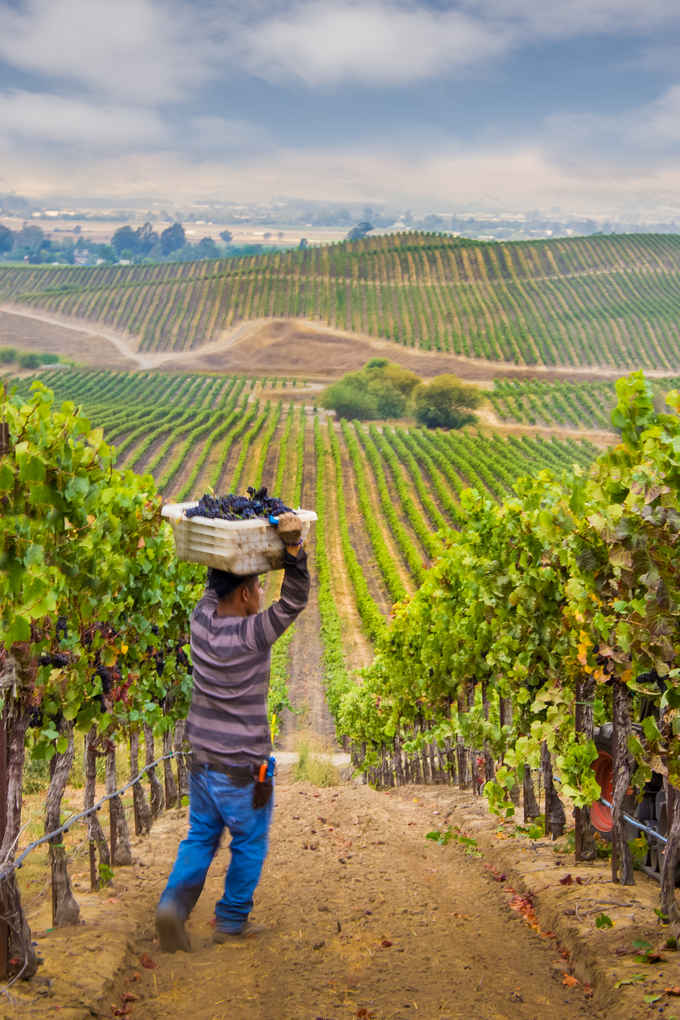

The consequences were not confined to Gruinard. The scientists took appropriate precautions, but the sheep on Gruinard began dying the next day and the experiment was proclaimed a success. This soon becomes large pustules or boils, which burst, leaving blue-black scabs, along with fever and collapse. When humans are exposed to anthrax externally - internal exposure is far more gruesome - it begins with swelling at the points of contact. A team of Porton Down scientists began work on Gruinard, where they fixed about 60 sheep in place while vials of liquid anthrax were exploded upwind, leaving small clouds of death drifting towards the creatures. The story of the so-called “Dark Harvest Commando”, told in a new BBC Scotland documentary called The Mystery of Anthrax Island (in which I appear, briefly, as a talking head), began forty years earlier, in 1941, when the Ministry of Defence acquired the island for the purpose of testing biological weapons. Then the second package of soil appeared, during the Conservative Party’s conference in Blackpool, in a locked cupboard at the top of Blackpool Tower. They also confirmed that the soil matched that of a tiny, uninhabited island just off the north-west coast of Scotland – a long drive with a biological weapon in the boot – called Gruinard.

Then a second sweep found the bucket, and tests confirmed the presence of anthrax. Initially it was thought that the statement might be a hoax. The first target was Porton Down, the UK government’s secretive military laboratory in Wiltshire. And where better to send our seeds of death than to the place from whence they came?” The delivery in question was a bucket of soil, infested with bacillus anthracis, or anthrax. “By the time you read this statement,” its authors declared, “the campaign will have started in earnest. Operation Dark Harvest went public on 9 October 1981, with a letter to the major Scottish newsrooms.


 0 kommentar(er)
0 kommentar(er)
